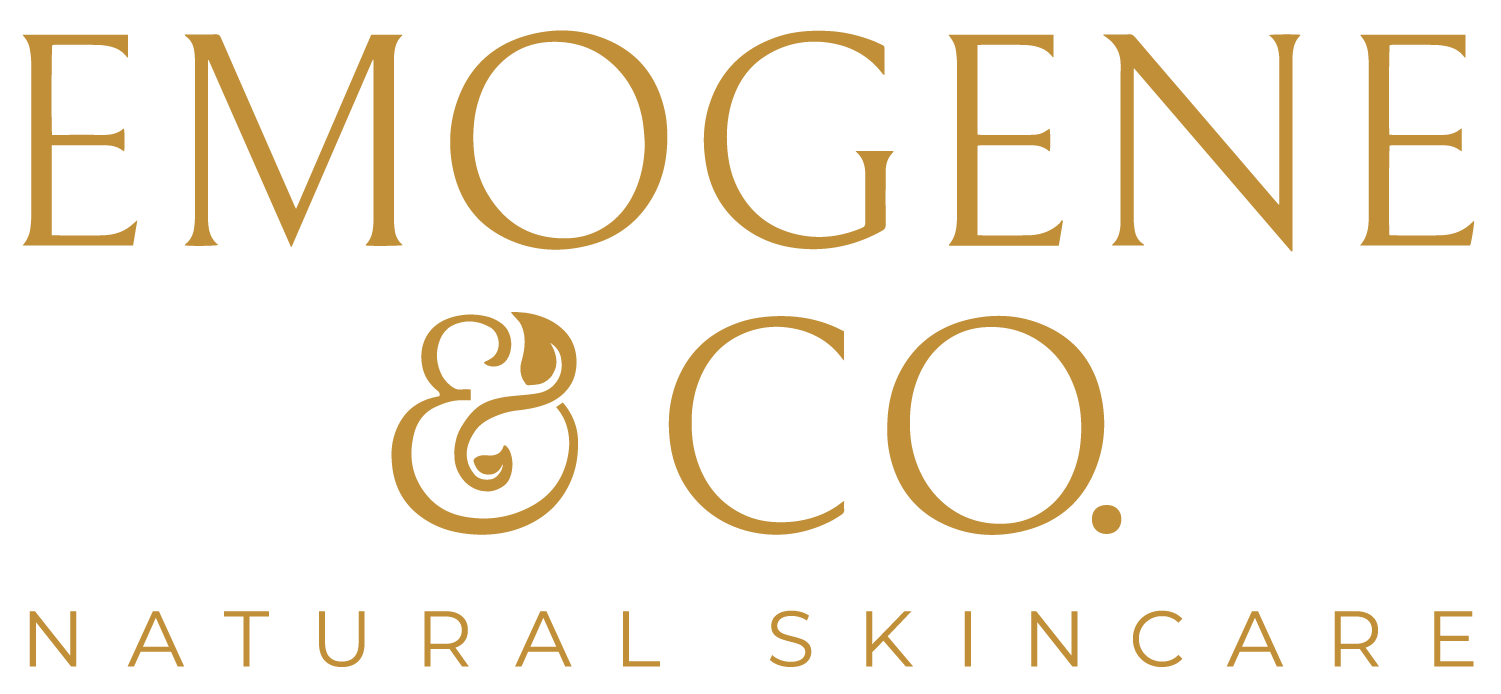It might sound unusual, but taking a “bleach bath” two to three times per week is thought to reduce inflammation and irritation associated with eczema and reduce the risk of developing Staph aureus infections by safely reducing bacteria on the skin. You might be thinking that this sounds unreasonable or dangerous, but you can rest easy knowing this recipe has the same level of chlorine that you would find in the average swimming pool.
Not only is a “bleach bath” solution helpful in decreasing inflammation and irritation from eczema, it is also a safe topical solution that is helpful in decreasing inflammation from overgrowth of Staph Aureus that is the leading cause of mild to moderate acne vulgaris.
A bleach bath, also known as “Dakin’s solution” to many health professionals, is a common antiseptic agent known as sodium hypochlorite, and is used with a broad application in medicine, including use in bladder and urethra irrigation, prophylaxis against burn infections, and as an irrigant in dental root canal procedures.
Ingredients
- Water (make sure it is distilled, and not tap water!)
- Regular “unconcentrated” household bleach (5.25% sodium hypochlorite)
- This part is important - do not use scented or ultra-bleach.
- Measuring cup
Preparing the Bleach Bath
- For a full standard-size bathtub of water, use ½ cup of unconcentrated bleach.
- For a half bathtub of water, use ¼ cup of unconcentrated bleach.
- If using for acne, apply to pustules using a cotton round 3 times a day.
- It’s crucial that you properly moisturize after a bleach bath or else you run the risk of further skin irritation.
- We recommend applying Emogene & Co Healer Balm due to its intensive nourishing and moisturizing properties, plus it’s great for those with super dry skin or eczema.
- For acne healing, we recommend applying Prime Niacinamide Facial Serum followed by Repair Facial Oil. These products provide hydration that is safe for acne prone skin, while further aiding in regulating your natural sebum (oil) production.
- Keep bleach out of reach of children.
- Do not use if allergic to chlorine bleach.
- Avoid contact with eyes, ears, mouth, or nose.
- Discontinue use if the condition worsens or if a rash or other reaction develops.
References:
- https://www.ncbi.nlm.nih.gov/pmc/articles/PMC8172071/
- https://www.annallergy.org/article/S1081-1206(22)00186-7/fulltext
- https://www.aap.org/en/patient-care/atopic-dermatitis/treatment-of-atopic-dermatitis/#:~:text=Twice%20weekly%205%2D%20to%2010,tub%20%C2%BC%20full%20of%20water)
- https://www.jintegrativederm.org/article/56663-hypochlorous-acid-applications-in-dermatology




